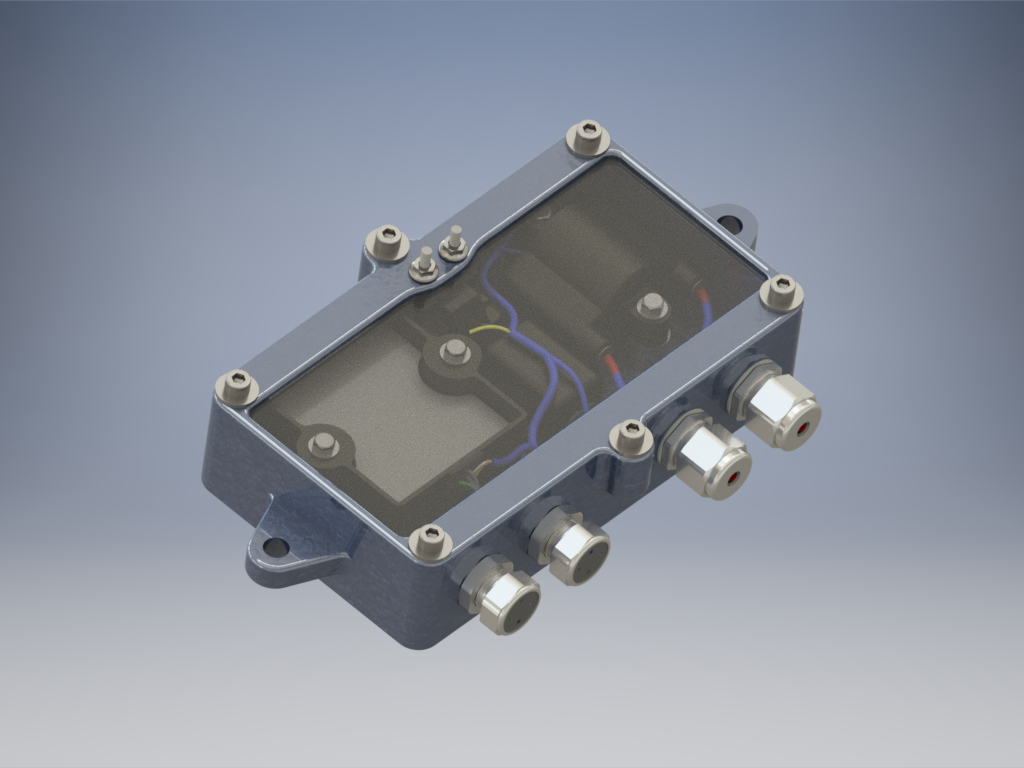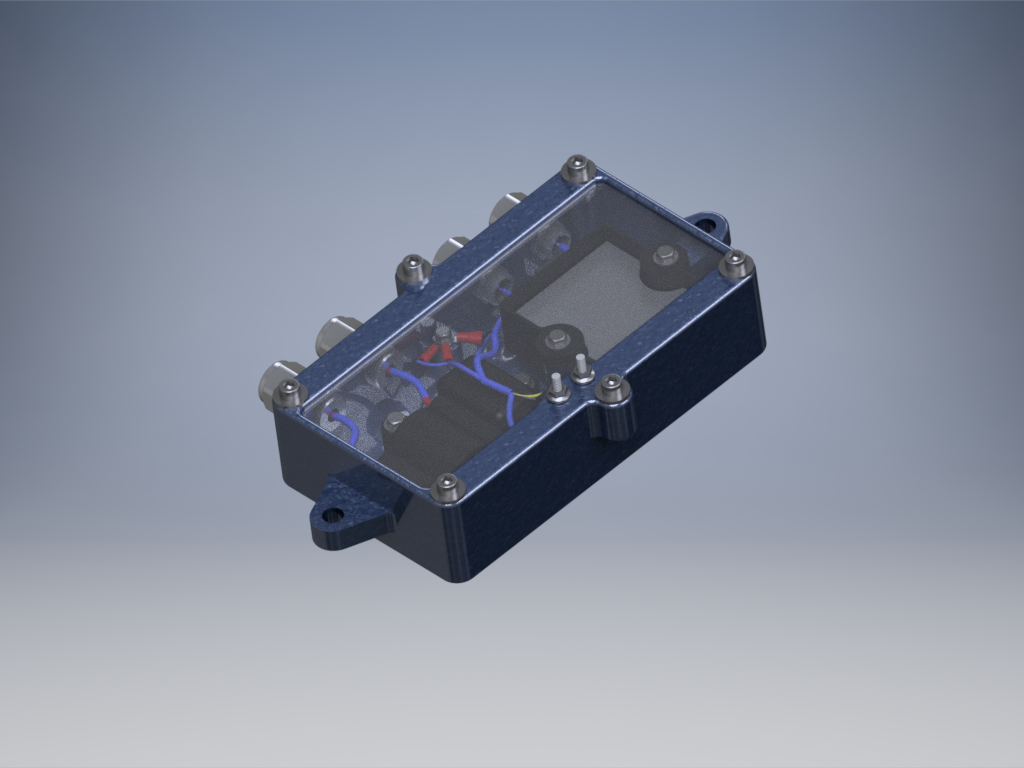- Location
- NYC/Long Island
Thanks. Great explanation! Until I read this, it kind of seemed like "magic". Seems like it's a mig welder building something layer by layer?
I really have to see one of these work!
There is an injection molding company right around the corner from me. I'll have to see if they'll let me wander around a little bit, and then find a 3d printing company so I can fully understand the difference.
Again, thanks for your time, and please keep making parts and updating this thread.
Oh, Nice bike!
If you think of a mig welder extruding hot plastic then yeah you can picture it that way. The 3D printer builds things layer by layer .. The program showed in my previous post is what "slices" the model into all the layers and is written in G-code to the printer. Each layer starts with outlining the part and then infills the inside. Quality of parts is controlled by layer height and extrusion width. I can get extremely precise parts at 0.10mm layer and 0.25mm extrusion width. However the prints become extremely long. My preference is 0.15mm layer and 0.50mm extrusion width and the license plate bracket in my original post was printed at that. That was a 6 hour print. So it is time consuming to create these parts, but at least it is completely automated.
Considering strength, my parts are at the quality or very close to injection molding. Everything I have printed so far is ABS and I have just ordered Nylon because it has superior chemical resistance and physical properties compared to ABS. I would like to have parts made via injection molding because it is much faster, but it has an expensive initial cost.
3D printers are bridging the gap between prototyping and manufacturing of plastic parts. People are attaining production quality at the cost of speed so it isn't a replacement for typical manufacturing methods. It makes it hard for product designers to create plastic parts because of the initial cost of mass producing them. That is why everything is CNC - theres no start up costs in comparison to plastic manufacturing (requires an expensive mold to be made).
Last edited:


